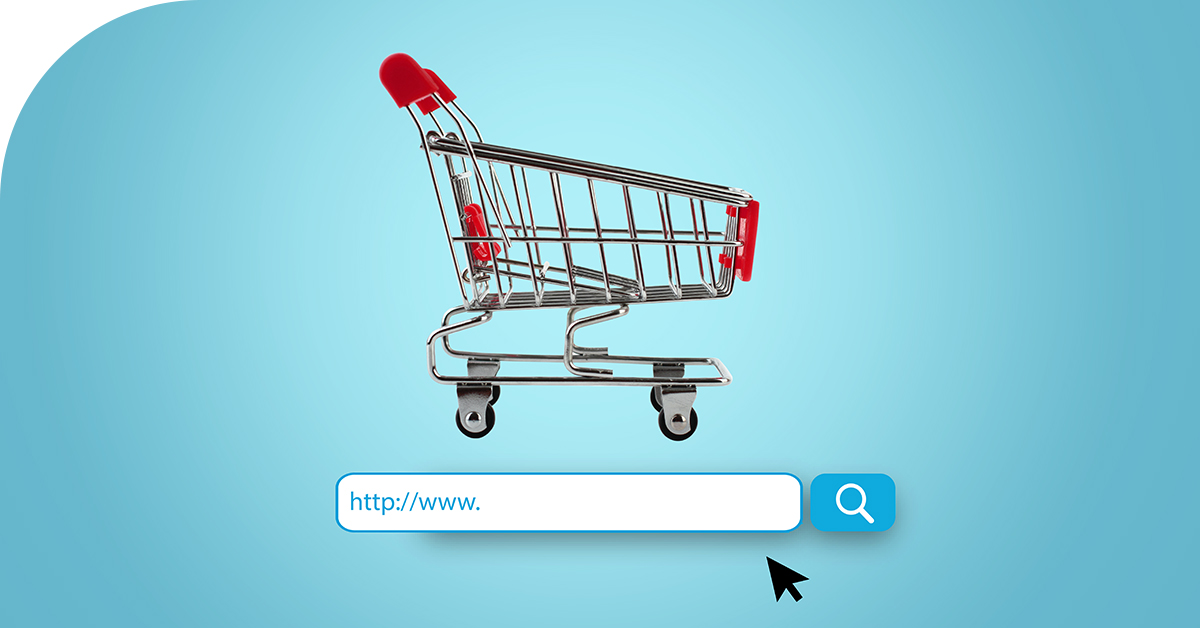Back-to-school season is one of the most important shopping events of the year, especially for retailers that sell products related to education, clothing, electronics, and more. According to the National Retail Federation, back-to-school spending hit $110.8B in 2022 and is projected to reach $189.7B by 2028.
Advertisers need to leverage the power of retail media and data, platforms, and solutions that enable brands to reach shoppers across different channels and devices using insights from retailers’ first-party data to capture a share of this lucrative market.
This blog post highlights two leading retail media and data providers, Walmart DSP and Amazon DSP, both available through managed service with Choozle. We will also share some best practices for advertisers who want to optimize their back-to-school campaigns leveraging these platforms.
What are Retail Media and Data Providers?
Retail media and data providers are platforms and solutions that allow advertisers to access inventory across the open web and on retailers’ properties. These platforms offer several benefits for advertisers who want to optimize their back-to-school campaigns, such as:
- Access to large and engaged audiences: Retailers have millions of customers who visit their websites, apps, and stores every week, looking for products and deals. By using their retail media and data platforms, advertisers can tap into these audiences and target them with relevant ads based on their shopping behavior, preferences, and intent.
- Omnichannel reach and measurement: Retail media and data platforms enable advertisers to reach shoppers across multiple channels and devices, such as display, video, audio, mobile, and connected TV. Moreover, they allow advertisers to measure their ads’ impact on online and offline sales by connecting online and in-store transaction data. This gives advertisers a fuller picture of which specific digital and in-store ads played the greatest role in increasing conversions and helps them optimize current and future campaigns.
- More data than ever before: Retail media and data platforms have become more sophisticated and abundant than ever, thanks to technological advancements and the growth of e-commerce. They leverage the power of AI, machine learning, and cloud computing to process and analyze vast amounts of data from various sources, such as purchase history, browsing behavior, product reviews, loyalty programs, geolocation, weather, and more. This allows advertisers to create more personalized and effective ads that resonate with shoppers at different stages of their journey.
Two of the Leading Retail Media and Data Providers
Walmart DSP
Walmart DSP is a demand-side platform that marries the power of The Trade Desk’s industry-leading technology with Walmart’s expansive omnichannel first-party data. This leads to a differentiated offer that allows advertisers to leverage Walmart audiences to serve ads across The Trade Desk’s inventory across the open web. Walmart DSP also offers exclusive access to Walmart’s inventory across its website, app, email newsletters, streaming service Vudu, connected TV devices like Roku TV Editions Smart Soundbar or Streambar Pro, etc.
Amazon DSP
Amazon DSP is a demand-side platform that enables advertisers to programmatically buy display, video, audio ,and mobile ads both on Amazon’s own properties (such as Amazon.com, IMDb, Fire TV, etc.) and across third-party sites and apps that are part of Amazon’s network. Amazon DSP also offers access to Amazon’s unique audience segments based on its rich first-party data from its e-commerce platform, Prime membership program, Alexa devices, etc.
Best Practices for Using Retail Media and Data for Back-to-School Advertising Strategies
Advertisers should leverage best practices to use retail media and data for back-to-school advertising strategies.
- Start early: Back-to-school shopping typically starts in July and peaks in August, but some shoppers may start even earlier or later, depending on their needs and preferences. Advertisers should plan on launching their campaigns in early June to capture the attention of early birds and continue until the end September to reach latecomers. It’s recommended to provide a campaign brief 6 weeks out from the campaign start date to ensure proper planning and campaign setup.
- Segment your audience: Not all back-to-school shoppers are the same. Depending on their age group, grade level, location, device type, etc., they may have different needs, preferences, budgets, and motivations. Advertisers should segment their audience based on these factors and tailor their ads accordingly. For example, college students may be more interested in laptops and dorm essentials than elementary school students, who may need backpacks and stationery.
- Test different creatives: Advertisers should test different ad formats, sizes, colors, images, copy, calls to action, etc., to see which ones perform better for different segments and channels. They should also use dynamic creative optimization (DCO) tools that automatically generate and serve the most relevant ad variations based on real-time data.
- Optimize your landing pages: Advertisers should ensure that their landing pages match their ads in terms of content, design, and offer. They should also ensure that their landing pages are fast-loading, mobile-friendly, easy to navigate, and have clear calls to action. They should also use retargeting tools that can remind shoppers of the products they viewed or added to their cart but did not purchase.
Retail media and data are powerful tools that can help advertisers boost their back-to-school campaigns and drive more sales. By using platforms like Walmart DSP and Amazon DSP, advertisers can reach large and engaged audiences across multiple channels and devices, using insights from retailers’ first-party data. They can also leverage more data than ever to create personalized and effective ads that resonate with shoppers at different stages of their journey.







